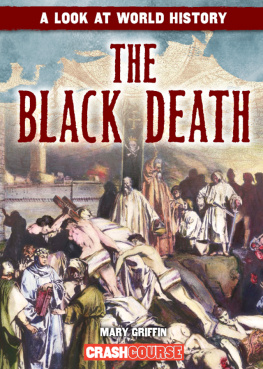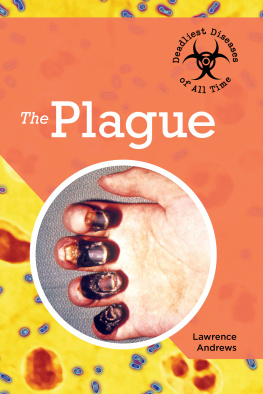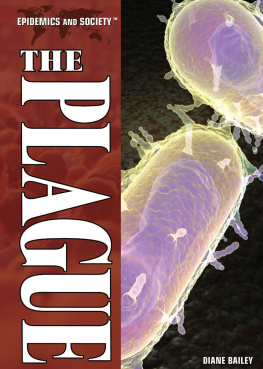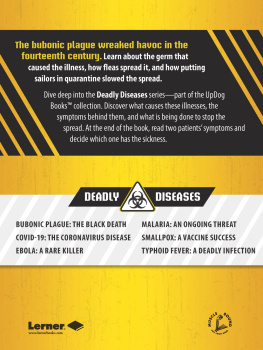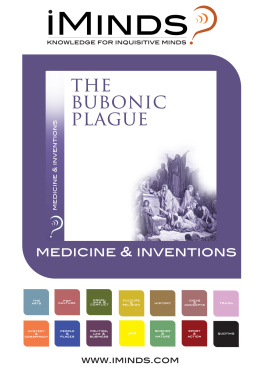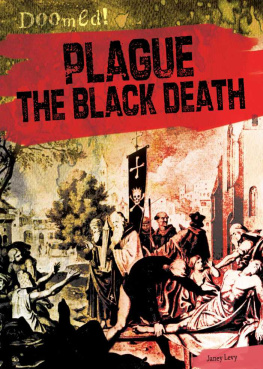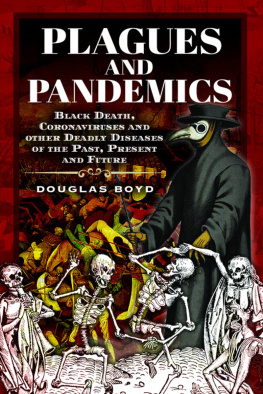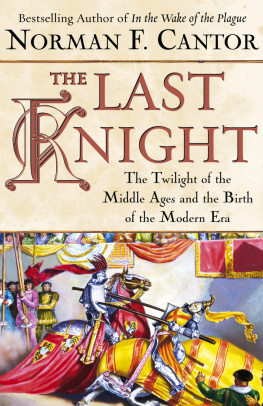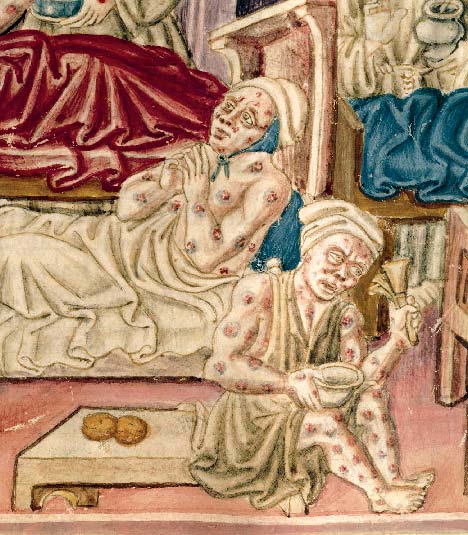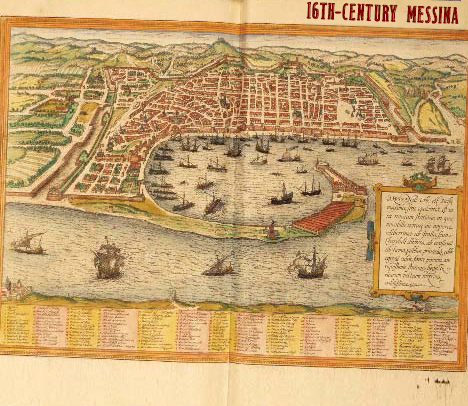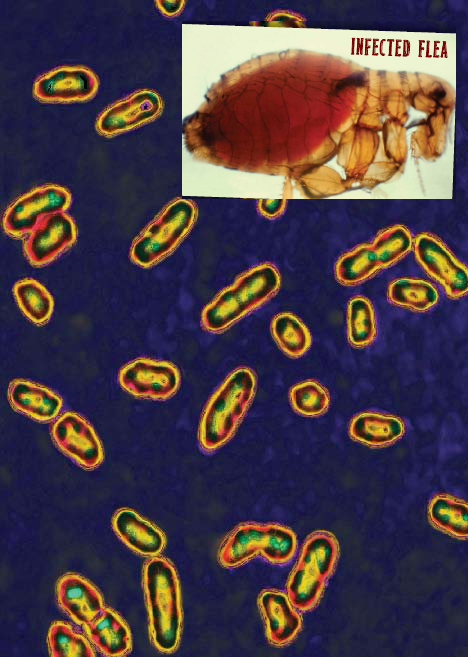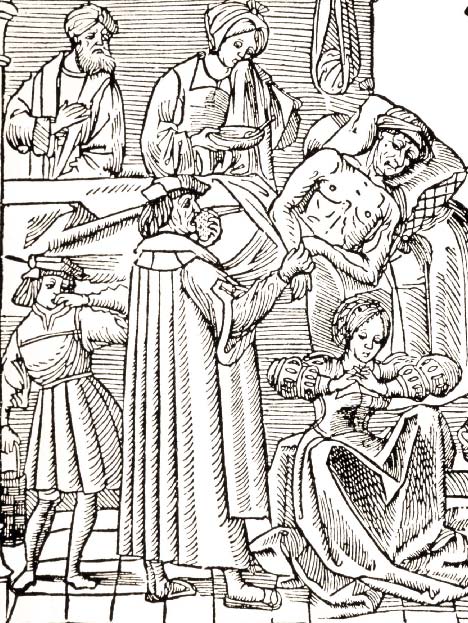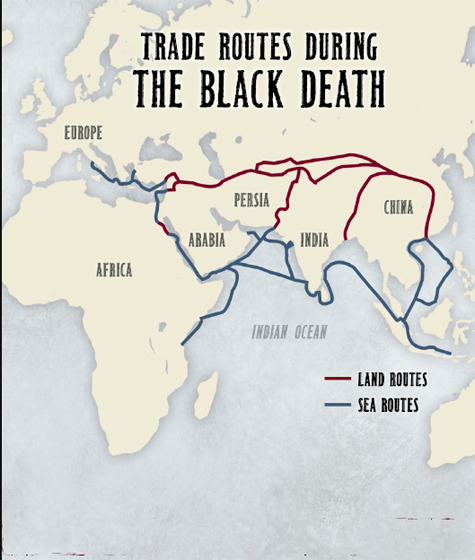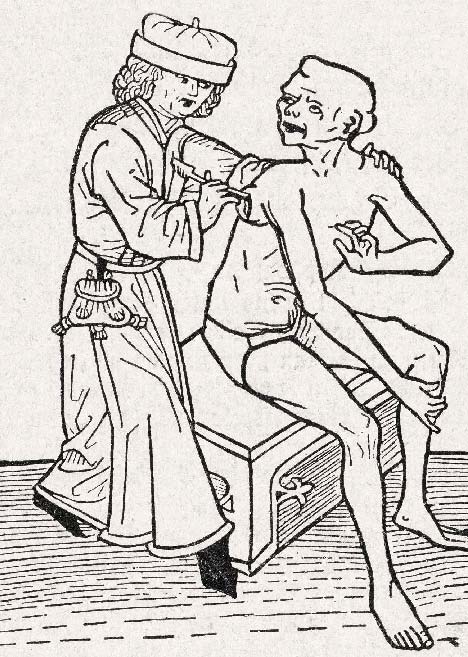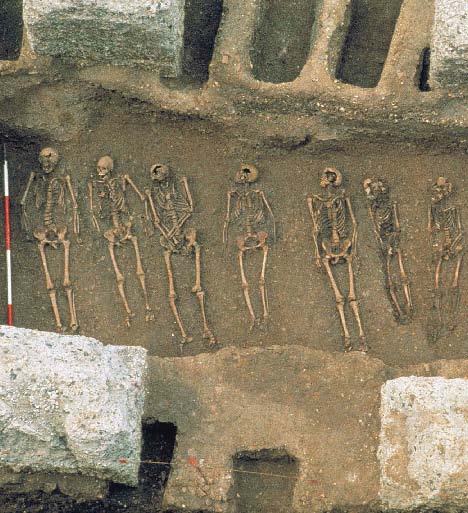Please visit our website, www.garethstevens.com. For a free color catalog of all our high-quality books, call toll free 1-800-542-2595 or fax 1-877-542-2596.
Library of Congress Cataloging-in-Publication Data
Names: Griffin, Mary, 1978- author.
Title: The Black Death / Mary Griffin.
Description: New York : Gareth Stevens Publishing, [2020] | Series: A look at world history | Includes bibliographical references and index.
Identifiers: LCCN 2018039206| ISBN 9781538241264 (pbk.) | ISBN 9781538241288 (library bound) | ISBN 9781538241271 (6 pack)
Subjects: LCSH: Black Death--Europe--History--Juvenile literature. | Plague--History--Juvenile literature. | Epidemics--Europe--History--14th century--Juvenile literature. | Diseases and history--Juvenile literature. | Europe--History--14th century--Juvenile literature.
Classification: LCC RA644.P7 G75 2019 | DDC 614.5/732/094--dc23
LC record available at https://lccn.loc.gov/2018039206
First Edition
Published in 2020 by
Gareth Stevens Publishing
111 East 14th Street, Suite 349
New York, NY 10003
Copyright 2020 Gareth Stevens Publishing
Designer: Katelyn E. Reynolds
Editor: Therese Shea
Photo credits: Cover, p. 1 Bettmann/Getty Images; cover, pp. 132 (background) javarman/ Shutterstock.com; cover, pp. 132 (border) Anastasiia Smiian/Shutterstock.com; pp. 5, 29 DEA /A. DAGLI ORTI/De Agostini Picture Library/Getty Images; p. 7 DEA /R. MERLO/ De Agostini/Getty Images; p. 9 (inset) Smith Collection/Gado/Getty Images; p. 9 (main) BSIP/UIG via Getty Images; p. 11 PD-USGov-HHS-CDC/ Optigan13/Wikipedia.org; p. 13 Science Photo Library/Getty Images; p. 15 Andrei Minsk/Shutterstock.com; p. 17 NYPL/ Science Source/Getty Images; p. 19 Archiv Gerstenberg/ullstein bild via Getty Images; p. 21 MOLA/Getty Images; p. 23 Ann Ronan Pictures/Print Collector/Getty Images; p. 25 Leemage/ Corbis via Getty Images; p. 27 anonymous (Queen Mary Master)/Il Dottore/Wikipedia.org; p. 30 Master of Puppets and Alexrk2/Wikipedia.org.
All rights reserved. No part of this book may be reproduced in any form without permission in writing from the publisher, except by a reviewer.
Printed in the United States of America
CPSIA compliance information: Batch #CS19GS: For further information contact Gareth Stevens, New York, New York at 1-800-542-2595.
DEADLY DISEASE
The Black Death sounds like the name of a creepy movie, but it was a real-life event. The Black Death was the terrible spread of plague throughout Europe and Asia during the 1300s. Before it was over, millions of people had died.
MAKE THE GRADE
An epidemic is a sudden, unexpected increase in the number of people with a disease, or illness. A pandemic is an epidemic across several countries. The Black Death was a pandemic.
BROUGHT BY BOAT
Twelve ships arrived in Messina, Sicily, off the coast of Italy, in October 1347. The people who met the ships were frightened by what they saw. The sailors were covered in black boils, or swollen areas under the skin. Most were dead.
MAKE THE GRADE
The disease the sailors brought to Europe had been reported in China, India, Persia (todays Iran), Syria, and Egypt in the early 1340s.
WHAT WAS IT?
What was this terrible sickness? At the time, no one knew. Most scientists today think it was plague caused by a bacterium called Yersinia pestis. Many think it was spread by rats that had been bitten by infected fleas.
MAKE THE GRADE
Some scientists think the Black Death was spread by fleas and lice that lived on people!
There are three kinds of plague. Bubonic plague is named for the buboes, or swellings in the glands, that it causes. Pneumonic (noo-MAHN-ihk) plague affects the lungs. Septicemic (sehp-teh-SEE-mihk) plague attacks the bloodstream. Septicemic plague is the deadliest form.
MAKE THE GRADE
Some think the Black Death involved more than one kind of plague.
After someone was infected by the Black Death, certain parts of their body swelled. Blood and pus leaked from these growths. An infected person might feel hot or cold. They might throw up and have terrible aches and pains. Finally, they might die.
MAKE THE GRADE
Septicemic plague could kill someone in less than 24 hours!
DEATH SPREADS
Infected fleas and rats were on many ships, so the Black Death easily spread wherever these ships went. But no one at the time knew how the plague was spreading. After it struck Sicily, it traveled to ports in France, Italy, and North Africa. It was in England by 1348.
MAKE THE GRADE
Its thought the Black Death started somewhere in China or Central Asia. It probably spread from there through trade routes.
TERRIBLE TREATMENT
During the 1300s, doctors knew little about sicknesses. They thought plague traveled through the air. To treat it, they bled patients and cut buboes. These treatments sometimes killed patients before plague did. Herbs and special baths were harmless but not helpful.
MAKE THE GRADE
One doctor said people could get plague just by looking at someone who had it!
Many doctors wouldnt even try to treat people with plague. Some frightened families left their loved ones to die alone. The Black Death killed men and women, young and old, and rich and poor. Even kings and queens died.
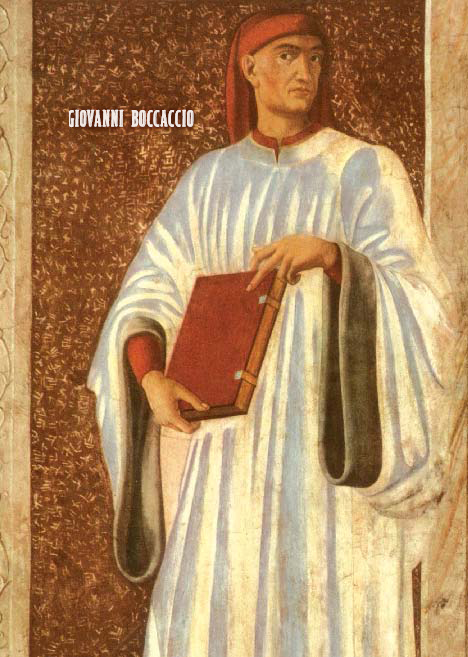
GIOVANNI BOCCACCIO
MAKE THE GRADE
Some of the ideas we have about the Black Death come from an Italian writer named Giovanni Boccaccio, who lived around that time.
So many people died of plague each day during the Black Death that the dead were gathered up each night. They were buried together in large graves called plague pits. Some of these pits are still being unearthed today!

